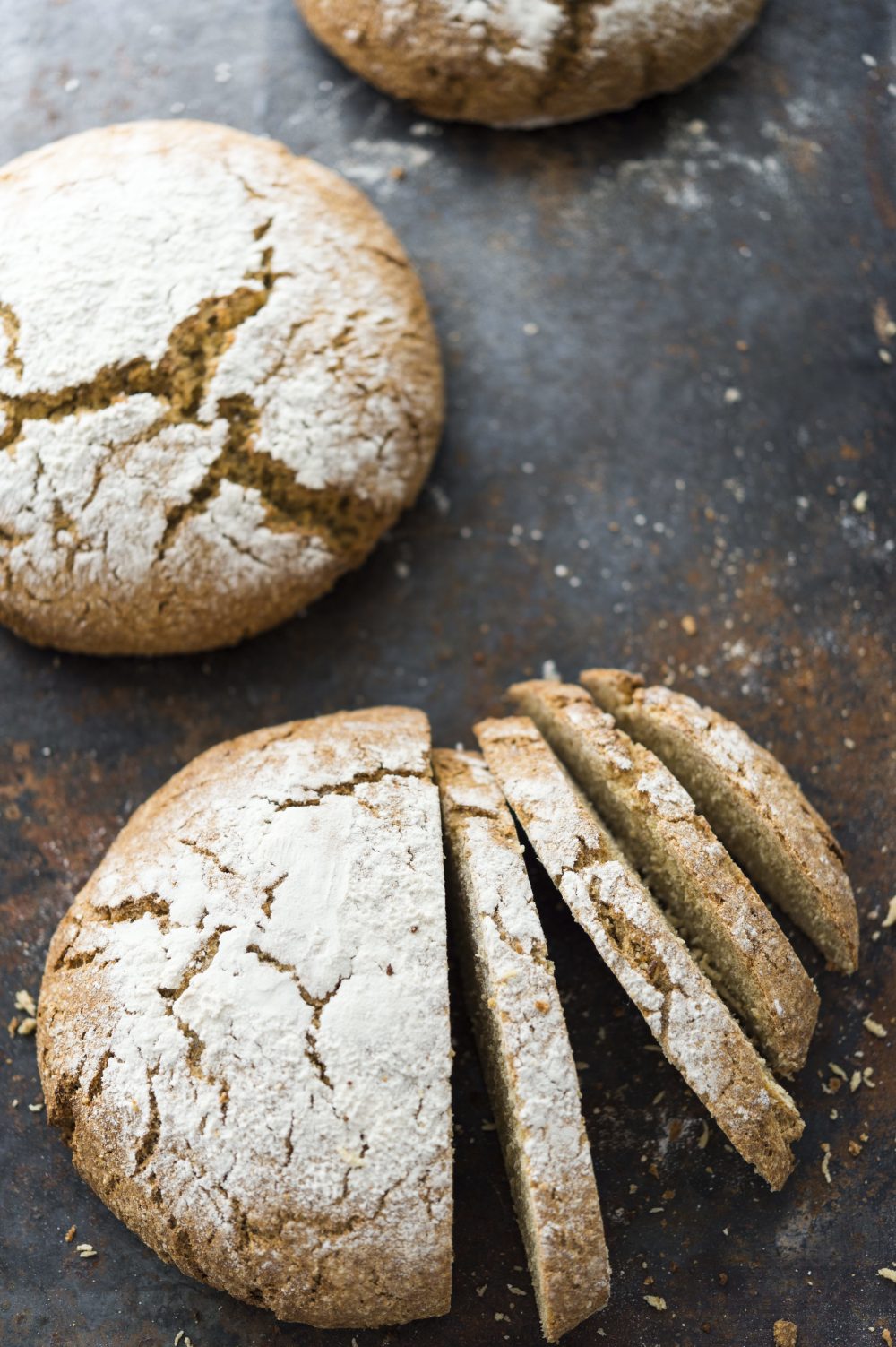If you’re running low on yeast and don’t want to deal with the hassle of a naturally leavened sourdough, which takes days to make, there’s a simple solution: Use less yeast.
Given an overnight headstart, a starter made with as little as ⅛ teaspoon of yeast can easily proof a batch of pizza dough, flatbread, focaccia or sandwich bread.
Known variously as a biga, pre-ferment or poolish, a low-yeast, slow-fermented starter will improve bread’s flavor, increase browning and make the dough more pliable, meaning it’ll be easier to stretch and shape a perfect pizza. It also means you can make more than a dozen batches of bread from a single packet of yeast.
Here’s how: Mix ⅛ teaspoon of yeast with 1 cup bread flour and 1 cup water from the recipe you intend to make. Blend until smooth, cover and leave at room temperature overnight (if ambient temperature is above 75°F, store in the refrigerator). By morning, the mixture will be bubbly, frothy and will have increased in volume. This will replace the yeast called for in your recipe. Stir it into your recipe’s remaining ingredients and proceed as directed. You may need to add an additional 1 to 2 tablespoons water to your recipe, but only add if the dough seems dry after you’ve started kneading.
Keep in mind that the dough inevitably will proof more slowly than if made with a full envelope of yeast. It could take anywhere from 25-50 percent longer based on the recipe. You’ll know that the proofed dough is ready when it has doubled in size. It’s feasible to bump it along by increasing the ambient temperature of the dough as it rises (store in a lightly warmed oven or in a spot exposed to the sun), but don’t rush it. A slow-proofed dough is more stable and easier to handle.
Try this with any bread recipe, our Flatbread (Pizza) Dough or Portuguese Cornbread (Broa)
To find yeast, flour, other essentials and speciality items online, here’s where some of our most trusted chefs and friends are shopping.
Join the conversation on Facebook, Twitter, Instagram and Pinterest.




